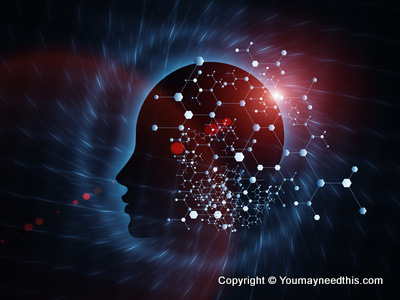 Recent few months, I have been taking machine learning course @ coursera and it is insightful in how science and mathematics is putting mathematical model around how human (mind) behave – grasp, analyze and decide – for real life situations – based on the past experiences (learning)!
Recent few months, I have been taking machine learning course @ coursera and it is insightful in how science and mathematics is putting mathematical model around how human (mind) behave – grasp, analyze and decide – for real life situations – based on the past experiences (learning)!
Few of the machine learning terms are interesting and draw close parallel to human (mind) and behavior.
| Concept | Machine Learning | Human Learning |
|---|---|---|
| Bias | When machine learning hypothesis has high bias, it give similar outcome even if the inputs change. In other words, it does not vary much with inputs. | When I have high prejudice, my outcome is same even if the environmental parameters change. |
| Variance | Machine learning hypothesis is suffering from high variance when it matches the output for the training set very well but fails to give decent output for the new inputs which are outside the training set. One of the reason is that hypothesis is using high polynomial terms aka complex features. | This is the case of over analysis & being rigid. When I over-analyze the past to really make sense of everything that happened, my learning is too specific to the past circumstances but not generalized enough to give fair reaction/outcome for a future situation. |
| Under fitting | It is when hypothesis is too simplistic and does not even fit the training set well. | This is the case of being naïve. This is when my reasoning does not even justify well the behavior for past circumstances. |
| Over fitting | When hypothesis is too complex, it fits the training set well but not gives good output for the new inputs outside the training set. | Again, it is the case of being too narrowly focused and not generalizing enough to learn from past experience. |
| features | The inputs - vector x | Are we sampling enough parameters when analyzing a past situation? |
| feature weightage | The theta vector | What should be this? Any guess. |
This list can go on and it is interesting to note how machine learning closely draws from how a human learns!
For a machine learning algorithm – picking the right features (vector x), their correct weightage and big enough training set is key whereas for human – paying attention to detail, correct weightage for the past experiences and of course more experiences helps to get better!
